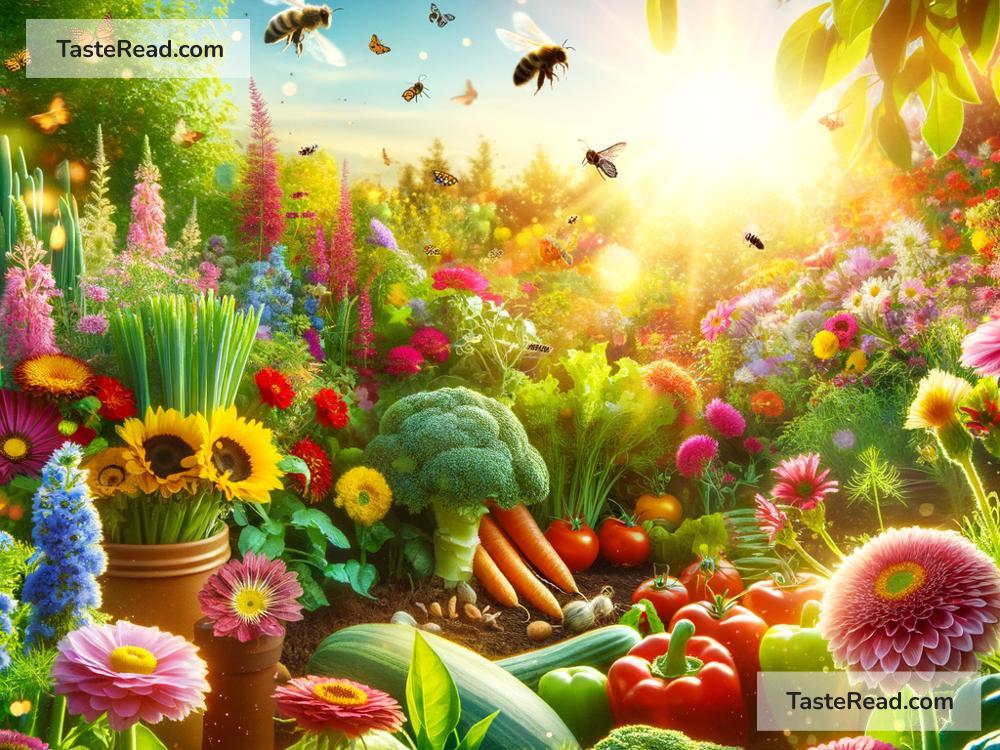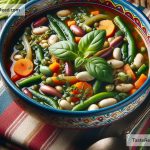Title: The Buzz on Eating: How to Incorporate Pollinator-Friendly Produce into Your Diet
Did you know that about one-third of the food we eat each day relies on pollinators like bees, butterflies, and birds? These tiny but mighty creatures are crucial in helping many plants produce fruit and seeds. However, their populations are dwindling due to various reasons, including habitat loss, pesticides, and climate change. By choosing pollinator-friendly produce, we can play a part in supporting these essential animals. Let’s explore how to make our diets buzz with benefits for pollinators and us!
Understanding Pollinator-Friendly Produce
Pollinator-friendly produce refers to fruits, vegetables, nuts, and seeds that benefit from pollination. These include everyday favorites like apples, strawberries, almonds, and broccoli. When you opt for these kinds of foods, especially those grown in ways that support pollinators, you’re giving these tiny helpers a helping hand.
Why It Matters
Supporting pollinators isn’t just good for them; it’s essential for our food systems and biodiversity. Pollinators help plants reproduce, which in turn supports a diverse ecosystem. By incorporating pollinator-friendly produce into your diet, you contribute to a healthier planet and ensure that these foods are available for future generations.
How to Incorporate Pollinator-Friendly Produce
-
Know Your Produce: Start by familiarizing yourself with the types of produce that are pollinator-friendly. Some key ones include tomatoes, peppers, blueberries, and squash. When you’re at the grocery store, keep an eye out for these foods.
-
Go Organic When Possible: Organic farming practices are generally more friendly to pollinators. They avoid or minimize the use of synthetic pesticides, which can harm these creatures. By buying organic, you’re voting with your wallet for pollinator health.
-
Shop Local and Seasonal: Local food markets and community-supported agriculture (CSA) programs often provide fresher produce that is grown with pollinator-friendly methods. Plus, shopping local reduces the carbon footprint associated with transporting food long distances.
-
Plant a Pollinator Garden: If you have some outdoor space, consider planting a garden that attracts pollinators. Include plants like lavender, sunflowers, and zinnias. This not only gives pollinators food but also encourages them to visit your vegetable garden, enhancing its productivity.
-
Learn and Spread the Word: Educate yourself about the challenges facing pollinators and share what you’ve learned with friends and family. Awareness is the first step towards change, and the more people know about the importance of pollinators, the more likely they are to make decisions that support them.
Benefits of Incorporating Pollinator-Friendly Produce
-
Healthier Diet: Pollinator-friendly produce is often rich in vitamins, minerals, and antioxidants. By incorporating these foods into your meals, you’re choosing a nutrient-dense diet that supports overall health.
-
Sustainable Choices: Choosing foods that support pollinators aligns with making more sustainable and environmentally-friendly choices. It’s a simple way to contribute to the health of our planet.
-
Diverse Ecosystem: By supporting practices that are good for pollinators, you’re helping maintain biodiversity. This diversity is crucial for resilient ecosystems that can withstand and recover from challenges.
Examples of Pollinator-Friendly Meals
-
Breakfast: Start your day with a bowl of oatmeal topped with almonds and fresh berries. Oats, almonds, and berries all benefit from pollination.
-
Lunch: Prepare a mixed salad with lettuce, tomatoes, bell peppers, and avocado. These crops depend on pollinators, and the result is a colorful, nutritious meal.
-
Dinner: Consider a vegetable stir-fry featuring broccoli, carrots, and squash. Serve it with a side of quinoa, which also relies on pollinators. It’s a delicious way to round off a day of pollinator-friendly eating.
By making mindful food choices that support pollinators, we can improve our health, protect biodiversity, and contribute to a sustainable future. It’s a win-win situation that starts with simply being aware of the impact our diets can have on the environment and these vital creatures. Next time you’re planning a meal, think of the pollinators and choose foods that give back to them. Together, we can make a difference, one pollinator-friendly bite at a time.


